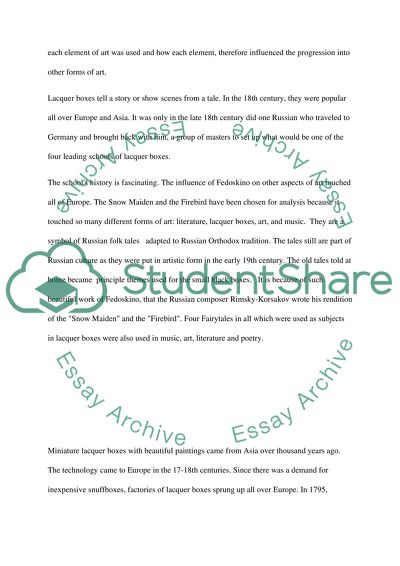Cite this document
(“Imperial Russian Culture: How art/ film influenced society over time Research Paper”, n.d.)
Retrieved from https://studentshare.org/family-consumer-science/1413560-imperial-russian-culture-how-art-film-influenced
Retrieved from https://studentshare.org/family-consumer-science/1413560-imperial-russian-culture-how-art-film-influenced
(Imperial Russian Culture: How Art/ Film Influenced Society over Time Research Paper)
https://studentshare.org/family-consumer-science/1413560-imperial-russian-culture-how-art-film-influenced.
https://studentshare.org/family-consumer-science/1413560-imperial-russian-culture-how-art-film-influenced.
“Imperial Russian Culture: How Art/ Film Influenced Society over Time Research Paper”, n.d. https://studentshare.org/family-consumer-science/1413560-imperial-russian-culture-how-art-film-influenced.


